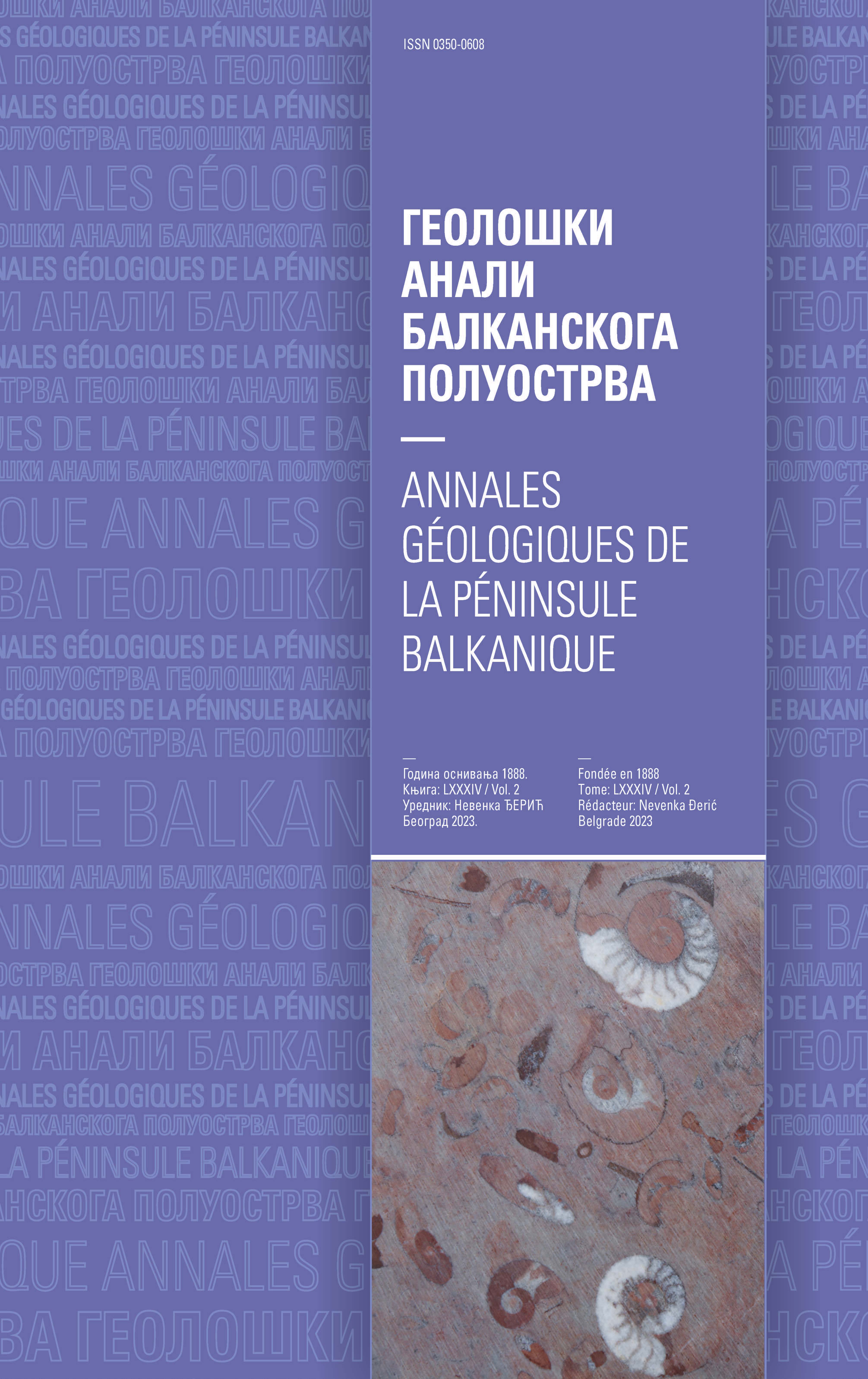AR, CR and ARCR modeling for simulations and analyses of karst groundwater quality parameters
Abstract
Although an invisible component of the hydrologic cycle, groundwater generally takes precedence over other water resources in the area of drinking water supply. Among groundwater resources, karst aquifers tend to be rich in sufficiently-accessible amounts of high-quality water. During most of the year, this water requires only disinfection prior to delivery to the end user. However, in many cases extreme rainfall and/or sudden snow melt results in transient turbidity, increase in bacterial count and temporary contamination (e.g. increase in nitrate and phosphate concentrations). To be able to determine the effect of the precipitation regime on various groundwater quality parameters, it is necessary to establish continuous monitoring of the parameter of interest and certain parameters should be observed at least once a day, if not more often (continuously). Such monitoring provides sufficiently long time-series of the considered parameter, so that autocorrelation and cross-correlation analyses can be undertaken and AR, CR and ARCR modeling used for simulations and short term forecasts. Apart from the theoretical background, the paper presents a case study of the occurrence of nitrates at a karst spring called “Banja” near the city of Valjevo, Serbia. A ten-year (1991–2000) timeseries of the discharged volume of water was used in the study, as well as nitrate concentrations recorded on a daily basis. In addition, daily precipitation was gauged in the immediate vicinity of the catchment and the rainwater chemically analyzed. The analyses included nitrate concentrations in precipitation. The generated timeseries were used for autocorrelation and cross-correlation analyses of nitrate concentrations in the Banja Spring pool during the entire period of monitoring, as well as in one wet and one dry year. The results are presented for all three cases, based on simulations applying AR, CR and ARCR modeling.
Copyright (c) 2018 Geološki anali Balkanskoga poluostrva

This work is licensed under a Creative Commons Attribution 4.0 International License.









